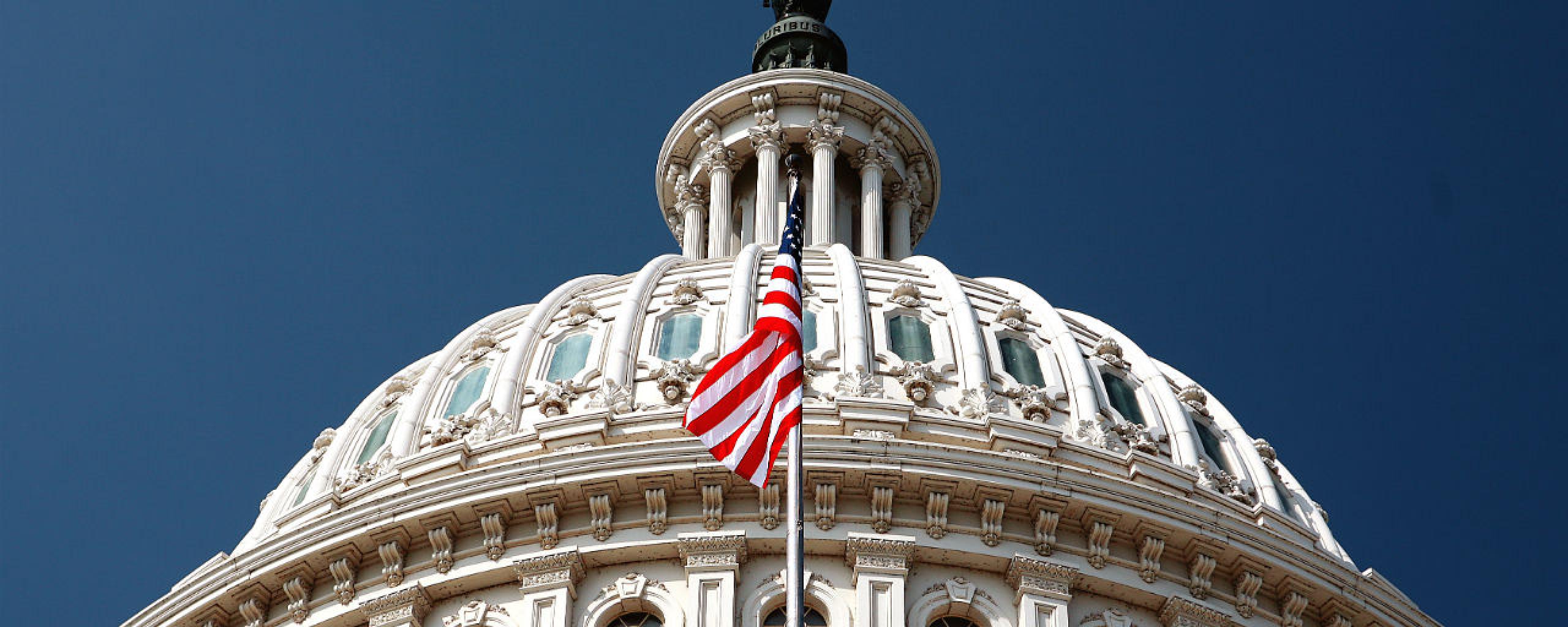Democrats Outline Trump’s ‘Anti-worker’ Policies
Trump hobbled key worker protection agencies, rolled back pro-worker policies, and attacked the federal workforce in an unprecedented assault on workers during the first 100 days of his second term, according to the Congressional Labor Caucus.
The Labor Caucus, composed of 124 House Democrats, issued a report last week cataloging 25 separate Trump administration actions that the group considers anti-worker. It pointed to efforts to gut agencies, rescind Biden-era workplace rules, and fire swaths of workers across the federal government.
“The Trump administration is easily the most anti-worker administration since the 1920s, perhaps even the Gilded Age,” said Paul Ortiz, a labor historian at Cornell University. “When Trump uses the term revolution, I believe him. This is a revolution.”
Trump’s effort to void collective bargaining in much of the federal sector—which a federal court has temporarily blocked—is the “most devastating and most dangerous” of his anti-worker actions, Ortiz said.
The White House painted a different picture, saying that “Trump has fought in an unprecedented way for working families.” His trade policy is garnering “historic investments” to boost manufacturing and create jobs, White House spokesperson Anna Kelly said.
“Meanwhile, his Department of Labor is carrying out his agenda to prepare our workforce for the future by focusing on sectors that first Made the American Economy Great, including construction, trades, and manufacturing,” Kelly said in a statement.
An administration official pointed to several of Trump and Chavez-DeRemer’s accomplishments for workers, including initial steps on expanding apprenticeships, DOL’s Wage and Hour Division holding more than 750 outreach events, the department’s disability employment office conducting more than 13,400 consultations on workplace accommodations, and expansions in the veterans’ employment and training program.
The administration’s budget calls for nearly a 35% cut in DOL spending. About 20% of the department’s workforce has opted to leave under the administration’s deferred resignation program
The Trump’s flurry of actions, meanwhile, has affected management as well as employees.
The upheaval during Trump’s first 100 days has been on a scale that’s reminiscent of when the Covid-19 pandemic hit the country five years ago, said Emily Dickens, the Society for Human Resource Management’s chief of staff and head of government affairs.
The administration’s policies on immigration, tariffs, and diversity, equity, and inclusion programs have created “angst and concern” among HR professionals, Dickens said.
“We’re saying, ‘Take a deep breath, don’t make immediate changes, evaluate and then evolve,’” Dickens said. “This is a period of deep evaluation.”
For Cornell’s Ortiz, Trump has quickly moved the country so far in 100 days that it won’t return to how it was before.
“We’re in a new place now,” he said.
